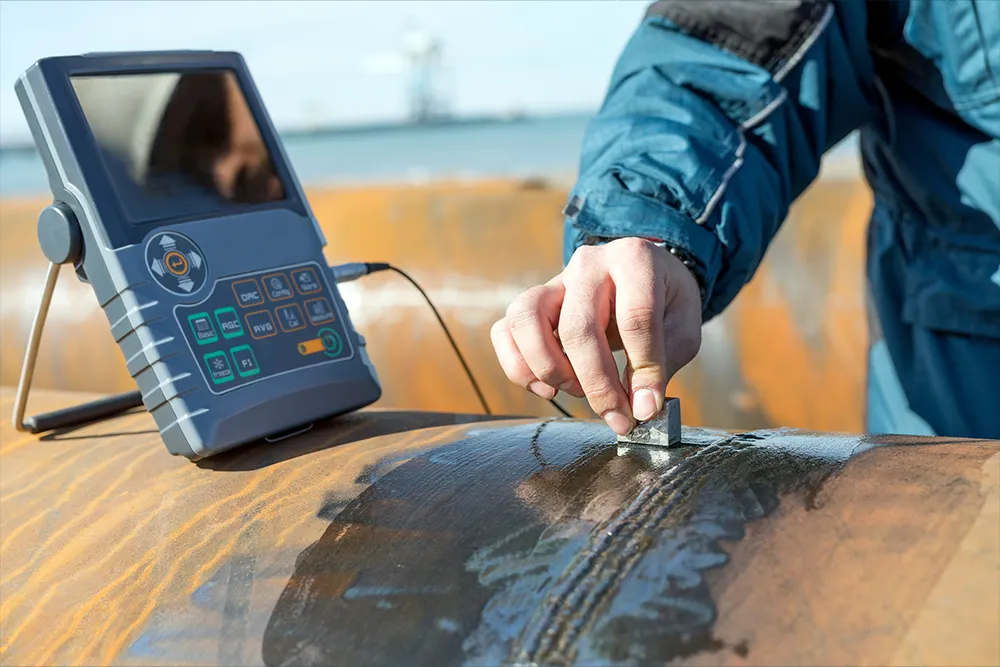When you talk about non-destructive testing you mean ways to check structures or parts without breaking them. It lets you spot hidden flaws. And you keep using the part.
What Is NDT Testing?
NDT testing covers methods that evaluate materials for cracks, corrosion, voids, or weak spots. You do not cut or damage the material. It is ideal for regular checks in many fields.
For example – you can use it to check the infrastructure or machinery while in use. That saves time and keeps systems running safely.
How Big Is This Industry?
According to the Business Research Company, the global non-destructive testing and inspection market is estimated to reach about $10.35 billion in 2025 – up from $9.61 billion in 2024. That is nearly a 7.7% annual growth. This shows companies rely more on these methods every year.
Four Key NDT Methods You Need to Know
Here are top ways NDT testing is done today:
Radiography Testing (RT)
A radiography test uses X-rays or gamma rays. They pass through the material and the flaws show up as dark or light spots on a detector or film. This method is standard for welds in pipelines and aerospace parts.
Ultrasonic Testing (UT)
UT sends sound waves into a part. The reflected signal shows flaws below the surface. It works well on metals, plastics, and composites.
Magnetic Particle & Dye Penetrant
These inspect surface flaws. Magnetic particle works on ferrous metals and dye penetrant works on nearly any material. They reveal tiny cracks where visual checks are not enough.
Visual Inspection (VT)
This method is simple but vital. Here, a trained inspector will manually look at the material using a camera or scope. Some flaws are easily visible on the surface but hard to detect otherwise.
What Are the Benefits?
- NDT testing finds defects early before they lead to failure
- It cuts repair costs by allowing timely fixes
- With non-destructive testing, you can keep production moving
- It meets safety and regulatory needs in critical industries
Hiring a professional NDT inspection service means tests follow standards and results are reliable. Certified inspectors interpret findings well. That avoids surprises later.
Real Examples of Application
Here are three examples of practical use cases.
- In oil and gas, a small crack in a weld can cause leaks. A radiography test can spot that early on.
- In aerospace, UT and RT pick up tiny flaws that could risk flight safety.
- On power plants, visual checks and UT on turbine blades reduce downtime and extend life.
Choosing A Qualified NDT Inspection Service
Getting results matters more than low cost. A proper NDT inspection service offers the following,
- Qualified inspectors
- Standard testing tools
- Accurate reports
- Compliance with industry norms
Key Takeaways
Non-destructive testing is an important part of quality control and safety in many industries. From a simple radiography test to advanced ultrasonic scanning – NDT testing helps detect defects without causing damage.
And when done by trained experts, it protects both people and assets. So, check out INRAD’s NDT services to see how we can help your operations stay safe and efficient.

